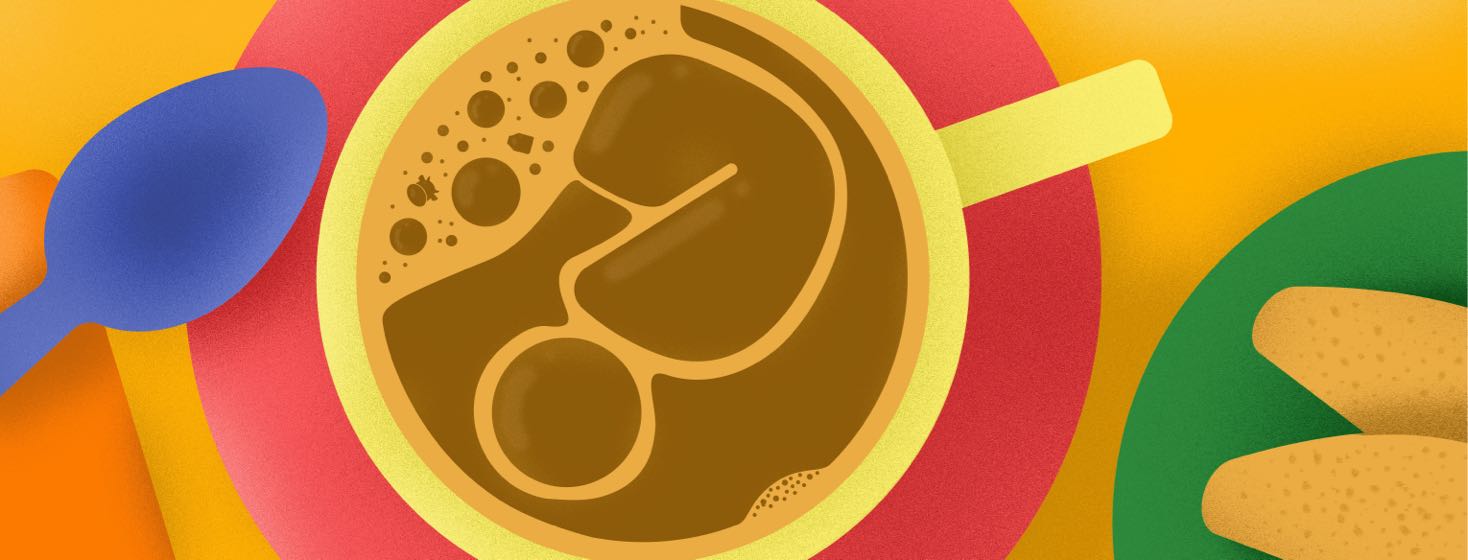How to Make Your Favorite Coffee Diabetes-Friendly
There is something about holding a to-go coffee cup that transforms one's mood. A little paper cup can turn any frown upside down! With a few quick sips, the world feels ready to be conquered, no matter how complex!
But, while your coffee may improve your daily grind, put productivity into overdrive, or start your morning with a smile, it may also interfere with your blood sugar management. So, check out these tips for making or ordering your coffee so it's diabetes-friendly.
Be mindful of the size
The cup size matters. If you enjoy beautifully crafted coffee concoctions, they often contain added calories. Larger sizes may include additional creamers or sweeteners, contributing to excess daily calorie consumption.
Plus, research shows that excess dairy milk may negatively impact the bioavailability of polyphenols found in coffee. These compounds act as antioxidants that can neutralize free radicals.1
Consuming foods that are rich in polyphenols may help reduce the risk of cardiovascular disease and certain cancers.1
Slowly enjoy your coffee
But you don't need to call it quits on your go-to drink order to reach your health goals. After all, life is about balance. Instead, swap your specialty coffee order for a smaller size to cut calories and improve diabetes management. Then slowly enjoy it and be present to coffee's delicious aroma and taste!
Swap out the sugar
While the added flavors in your coffee drink may satisfy your tastebuds, the negative implications of over-consuming added sugars are less oh-so-sweet. Excess sugar intake may lead to drastic spikes in blood glucose levels, contributing to increased insulin resistance, inflammation, and risk of disease.
According to the American Heart Association, beverages are the leading source of added sugar consumption, with coffee accounting for 7 percent of total intake.2
Daily added sugar intake is recommended to be limited to 36 grams for men and 25 grams for women.2
However, a single sweet coffee concoction may exceed these recommendations, ultimately wreaking havoc on blood glucose. So, help improve type 2 diabetes management and overall health by slowly cutting back on the sugar in your coffee. Or experiment with zero-calorie sweeteners such as Stevia. If you do use sugar, limit it to about 1 teaspoon and work it into your daily carbohydrate count.
Cut down on saturated fat
While coffee with creamer or whole milk may add a desirable taste, it does add saturated fat to your diet. Saturated fat intake can negatively impact LDL cholesterol levels and increase inflammation.3
Help take a step toward better health by swapping classic creamers or full-fat dairy for a lower-fat alternative.
But, experiment with plant-based options if skim or low-fat cow's milk doesn't appeal to your tastebuds. Milk alternatives such as soy, almond, and cashew milks are all dairy-free options that may satisfy your tastebuds while decreasing total saturated fat intake.
Froth it up at home
You can save money – all while cutting down on sugar – by investing in a hot and cold milk frother. If your birthday is coming up, you can also suggest a gift! I got mine for Christmas and have used it every day since!
If you're always on the go, make a large pot of coffee ahead of time and store it in the refrigerator in a sealed container or large mason jar. Enjoy it cold with foamed milk or reheated with hot foam. Skim or low-fat milk, unsweetened soy milk, or oat milk are all low-sugar creamer options.
Enjoy coffee replacements
An unsweetened latte is super yummy with all that foam. It's all about making small changes that amount to significant results! If coffee is a problem for your blood glucose levels, try replacing coffee with an herbal tea or yerba mate. While indulging occasionally is a treat, try these tips to make your daily coffee intake diabetes-friendly.

Join the conversation